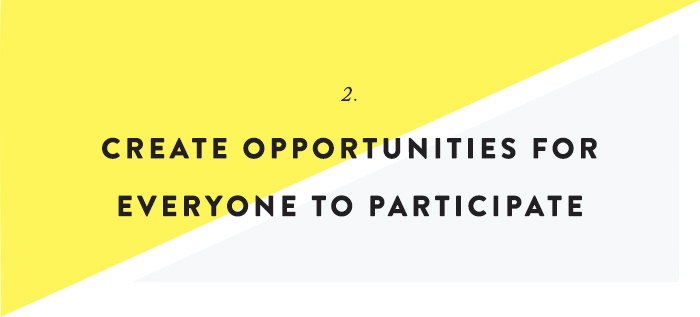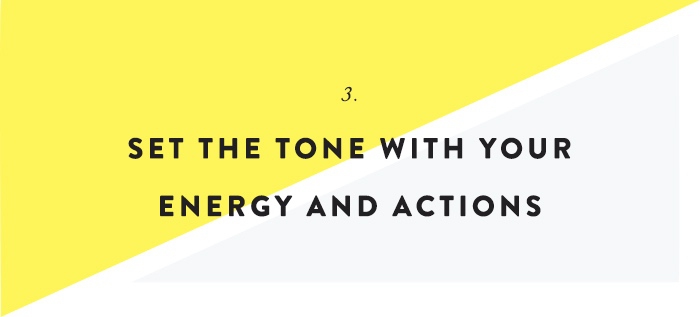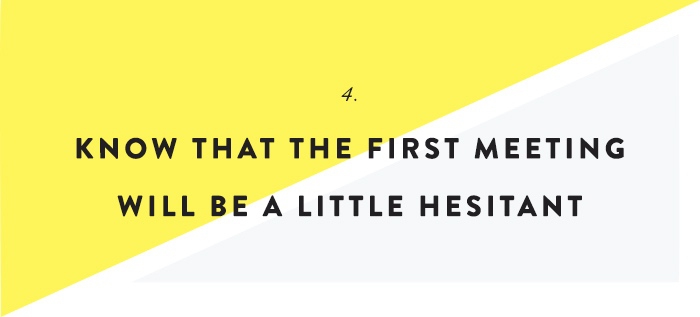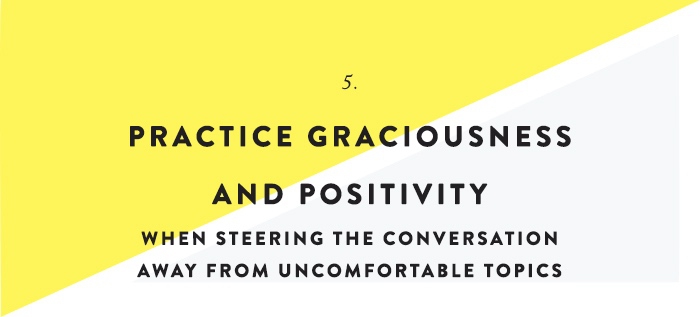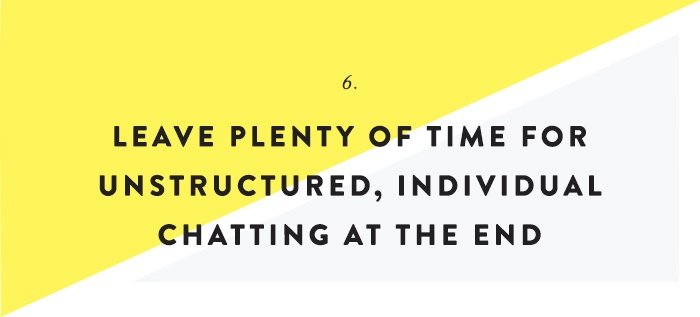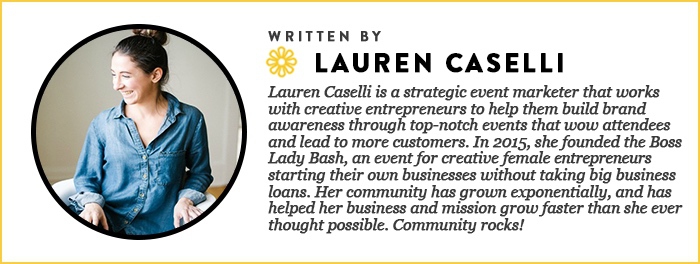This is the third post in a our Sunday series by our Yellow Collective project manager Lauren Caselli about finding, creating, and growing a community of people who have your back. Whether it’s online or in-person, free or paid, having a community of people who understand and support you can move you toward your goals faster than ever. To read the other posts in this series, click here. 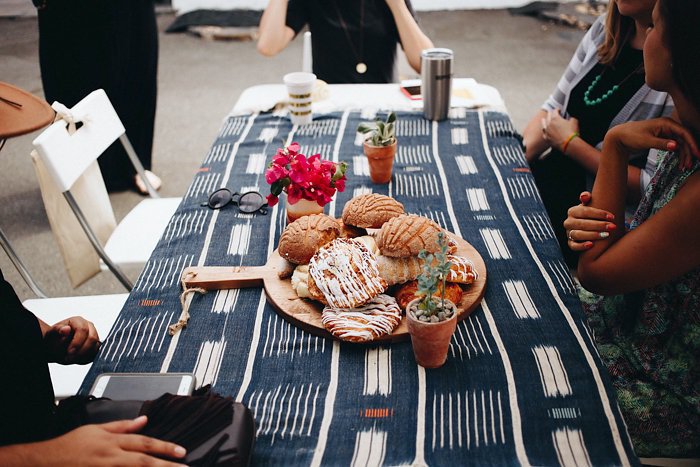 So far, when talking about community, we’ve identified how to figure out who are the awesome people you want in your life , and then we figured out how we actually ASK them to be in your life.
So far, when talking about community, we’ve identified how to figure out who are the awesome people you want in your life , and then we figured out how we actually ASK them to be in your life.
Today, I want to talk about what happens when everyone finally gets together.
How do you structure your gathering? What sort of vibe should it have? What happens when someone turns increasingly negative? _ If you’ve ever been to one of Yellow Co.’s gatherings, you know that there’s a lot of intention, spirit, and heart that go into them. The Yellow team has crafted a really fun experience that’s meant to get people to start talking about the stuff that really connects us all: _what is our niche and how can we help each other change the world?
_ If you’ve ever been to one of Yellow Co.’s gatherings, you know that there’s a lot of intention, spirit, and heart that go into them. The Yellow team has crafted a really fun experience that’s meant to get people to start talking about the stuff that really connects us all: _what is our niche and how can we help each other change the world?
Here are my best tips to creating a really well thought-out gathering with your new-found community:
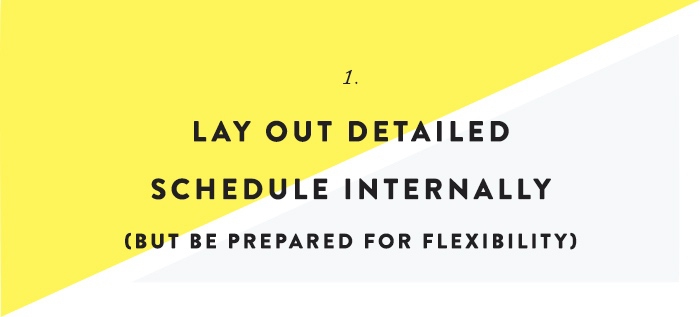
When you create an in-person or online gathering, it’s your job as the host to preface each meeting and to lay the ground rules right away. Here’s a summary of how I run all the gatherings that I do (and even some of my client meetings):
6:00pm - 6:15pm Arrival and snacks
6:15pm - 6:20pm You (the host) give a brief overview of how the gathering will run and what people should be expecting
6:20pm - 6:35pm Each person gives a one or two minute introduction or recap since the last time you met (this will go longer if it’s your first meeting. Plan for 30 - 50 minutes, or about 5 - 6 minutes per person)
6:35pm - 7:35pm Introduction and discussion of the topic of the evening (prepare about 3 - 4 questions for discussion)
7:35pm - 8:00pm Closing: ask everyone to create an action step or a goal they’d like to achieve by the next meeting based on discussion points. Have them publicly state them (someone should write them down for tracking purposes).
Though this may seem overly structured, it actually is quite flexible in both time and topic. Discussion is always best to operate freely, but setting expectations about what you’ll cover in your gathering gives a bit of guidance so that the discussion doesn’t flow into the weeds.
Lots of personality types coming together mean that there are going to be some different communication styles. For every one person that feels comfortable and open in a discussion based setting, there is at least one who doesn’t share the same sense of ease in such settings. And that’s fine!
However, as the gathering facilitator (or as a participant who is aware of the dynamics of the group), practice the phrase “That’s really interesting! What do you think about subject discussed _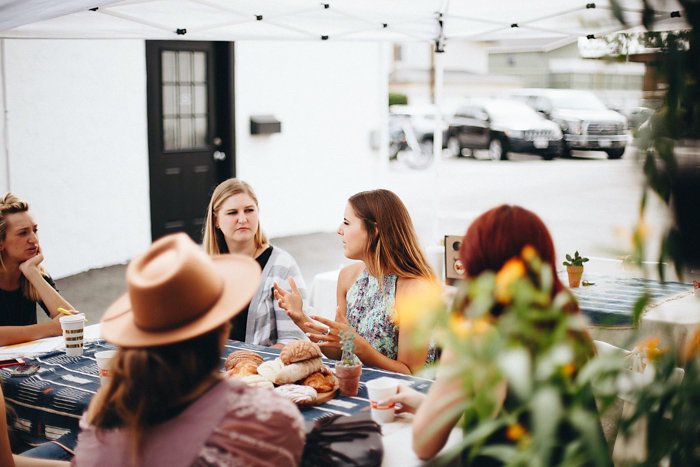 Giving space at the beginning of the meeting for each person to provide an update not only allows everyone to get on the same page, it allows people to have guaranteed spotlight time. It’s up to them to use it for as short or as long (within reason) as they feel necessary.
Giving space at the beginning of the meeting for each person to provide an update not only allows everyone to get on the same page, it allows people to have guaranteed spotlight time. It’s up to them to use it for as short or as long (within reason) as they feel necessary.
As the leader and facilitator, your attendees will take a lot of cues from you and the gathering you created. If the atmosphere is loud and you’re bubbly and excited, know that this will influence the tone of the gathering. Likewise, if you’re in a quiet space reclining in wingback chairs, you’re going to invoke a different vibe.
Be aware of this when you’re planning your gathering.
And, again, that’s okay! It often takes people (especially strangers) a few gatherings before they feel comfortable within the “tree of trust.” You are building a community based on trust, and like any good community, you may have to go through a few lumps, bumps, mismatched personality types and gathering formats before you get the right mix of consistent members.
Perhaps one of the most difficult parts about being a facilitator is being able to gracefully steer the conversation in the appropriate direction when it seems to be veering off course. This is a challenge for many amazing facilitators, but the best ones are able to find an appropriate place to gracefully interrupt with a new question that steers the individual to ward the matter at hand.
Practice saying “I hear what you’re saying, but I’m curious as to what you think about this…” Providing a different avenue for discussion, or at least being an active participant in someone’s rant or complaint-spiral is a good way to practice maintaining the tone that you want to project for your gatherings.
Everyone wants to connect 1:1 with someone they heard something special from during the big group discussion! If you noticed above, I structured an event for 2 hours, but most gatherings take place from between 2 - 3 hours. The last hour should be reserved for people to have organic, informal conversations. And because you already set the expectation that the gathering will last for 3 hours, people will stay, bond, and create stronger relationships.
Psst…Yellow Co. is so invested in having a community of amazing people around us that we’re launching something extra special ****at our conference on August 25th.** Want to be the first to know about it? Sign up for our first-to-know email list **here** (or if you’d rather be there in person for the big reveal, **snag one of the final spots here.
All photos by Andrea David of the Orange County Yellow Collective Gathering.
